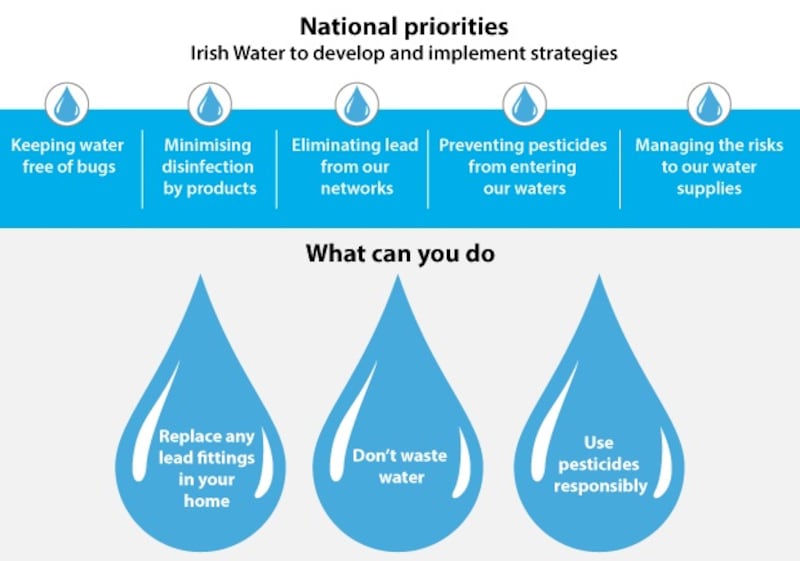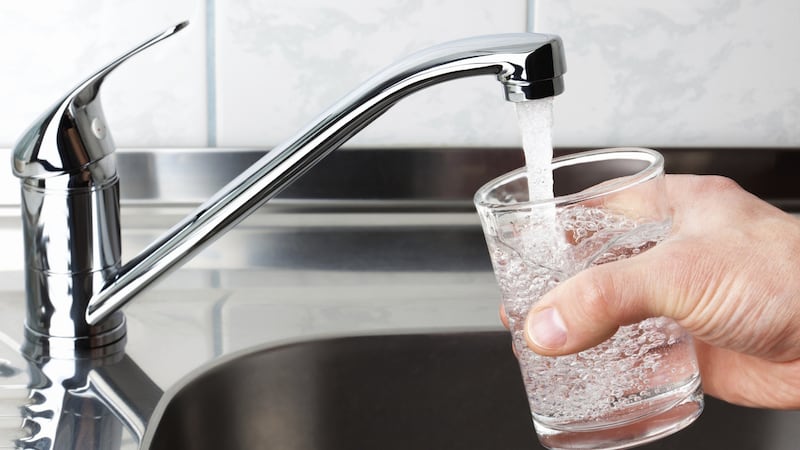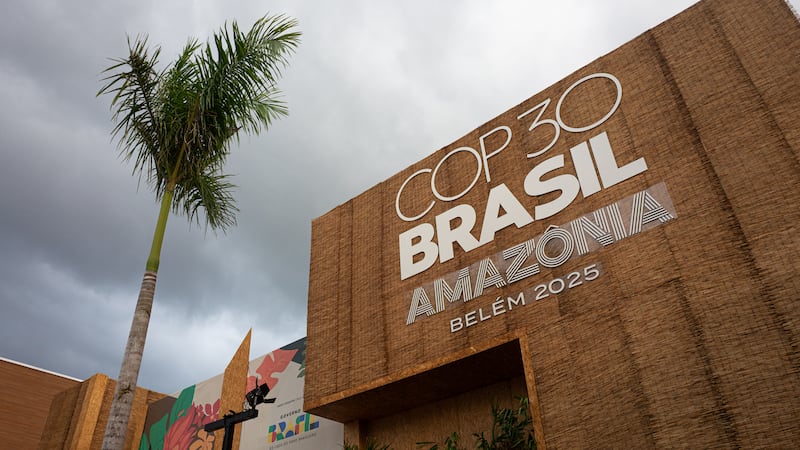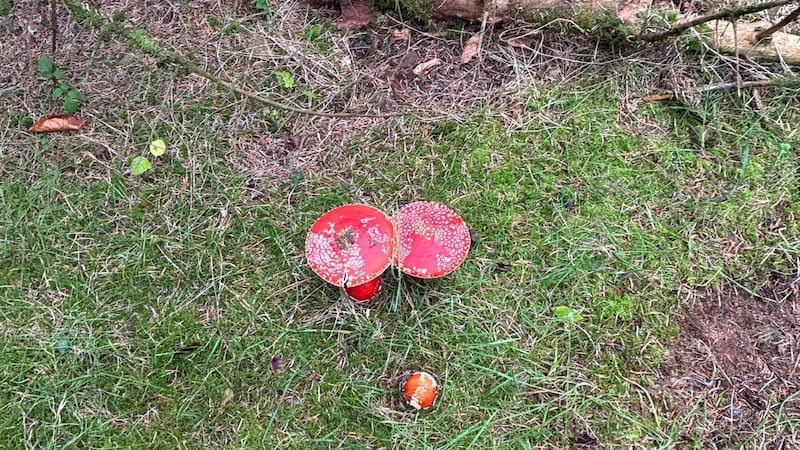The need for major investment by Irish Water to improve the security of public water supplies to comply with health standards and to avoid water restrictions, including boil water notices, is highlighted in the Environmental Protection Agency 's latest annual report on drinking water.
Based on projections by the water utility, the EPA said it expects drinking water to comply with EU standards by 2020, “16 years after the deadline for compliance”.
The agency has spelt out a series of national priorities for Irish Water in response to current shortcomings, though it acknowledged monitoring of 883 public drinking water supplies showed 99.9 per cent of samples complied with microbiological standards and 99.6 per cent complied with chemical standards during 2017.

It has, nonetheless, set out where water supply problems are most acute, including 72 “at risk” supplies on the EPA’s remedial action list – where the agency deems urgent works need to be undertaken.
A total of 52 of these supplies have elevated levels of trihalomethanes (THMs) which arise when organic matter in water combines with chlorine disinfectants. Long-term consumption of THMs is a cancer risk.
It found 17 of these supplies lack adequate treatment to prevent the parasite Cryptosporidium entering the water supply. Remedial works for 38 of the supplies are due to be completed by the end of 2018.
Disinfection products
The main issues affecting Irish water supplies, it concluded, are high levels of disinfection products in supplies; excessive levels of pesticide in some supplies and large numbers of lead pipe connections in properties. Irish Water aims to remove “all public-side” lead pipework by 2026. It is the responsibility of property owners to remove any lead pipework within their property.
Director of the EPA’s Office of Environmental Enforcement, Gerard O’Leary, confirmed Irish Water plans to have all public drinking water supplies compliant with existing EU public health standards by the end of 2020.
“These standards came into force 16 years ago. There are currently 72 supplies where infrastructure is needed to achieve this goal. Continued investment will be required to achieve compliance with current public health standards and new standards expected to be in place by 2020,” he added.

Darragh Page of the EPA's Office of Environmental Enforcement said the incidence of E. coli bacteria in supplies had been on a downward trend for the past 10 years, but in 2017 it was detected at least once in 11 supplies compared to three supplies in 2016, which underlined the need for vigilance.
Robust disinfection system
“The best way to ensure our drinking water is free of E. coli is by having a robust disinfection system in place with good checks and controls on the treatment process,” he said.
A total of 42 boil water notices and a further four water restrictions were in place in 2017, affecting 21,890 people in 17 counties
The EPA issued nine legally binding directions to Irish Water during 2017, where it considered there was a risk to human health. It brought a prosecution against the utility which resulted in a fine of €6,000 for persistent THM failures at six treatment plants in Co Donegal.
A total of 42 boil water notices and a further four water restrictions were in place in 2017, affecting 21,890 people in 17 counties. Nine public supplies are currently subject to a boil water notice, affecting 12,723 people – the vast majority of those receive water from Lough Talt in Co Sligo (12,260 people). More than half of all boil water notices issued in 2017 were short-term notices, in place for less than 30 days.
The EPA Drinking Water Report 2017 and list of public water supplies currently on the remedial action list – including details of proposed remedial measures and timeframes – is available here.














